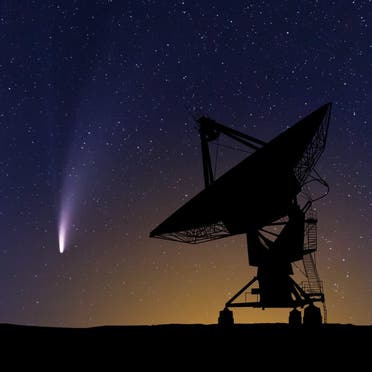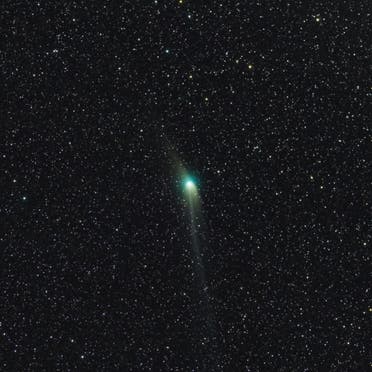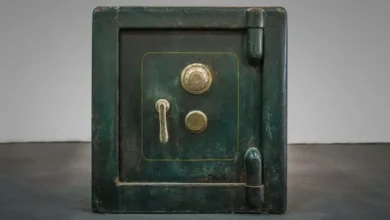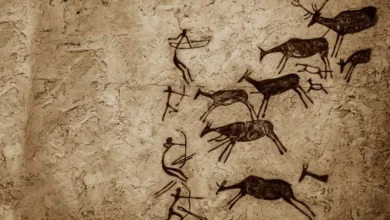Rare green comet will appear in night sky for first time since Stone Age

A green comet will soon pass by Earth for the first time in 50 millennia, the last time it appeared in the night sky was during the Stone Age.
Comet C/2022 E3 (ZTF) was discovered in March last year by astronomers using the Zwicky Transient Facility’s wide-field survey camera at the Palomar Observatory in San Diego County, California.

The celestial object is expected to make its closest pass by Earth between February 1 and February 2, according to EarthSky.
The comet, which has an orbit around the sun that passes through the outer reaches of the solar system, will be approximately 26 million to 27 million miles (42 million to 44 million kilometers) away from Earth.
Despite its proximity, the comet will still be over 100 times the moon’s distance away, according to EarthSky.
Observers in the Northern Hemisphere may spot the comet as a faint green smudge near the bright star Polaris, also known as the North Star, during early morning skies after midnight. The comet’s colors are dependent on its chemical compositions and position in orbit.
For those in the Southern Hemisphere, viewing the comet may be more challenging. However, depending on its brightness, the comet may even be visible to the naked eye in dark skies, but using binoculars or a telescope will make it easier to spot.

According to several news reports, the comet
has already been spotted without equipment by some observers once the moon had set.
While not all comets are easily visible, C/2022 E3 (ZTF) is hoped to remain visible to the naked eye during its close approach to Earth, when it will be 26 million miles away.
However, for a clearer and more detailed view, stargazers are encouraged to use binoculars or a telescope.
Viewing comet in UAE sky
Residents of the UAE will have the rare special opportunity to witness this once-in-a-lifetime comet from the outer solar system as it makes its closest pass to Earth in 50,000 years.
The Dubai Astronomy Group (DAG) will organize a ticketed event for the rare celestial sighting at the Al Qudra Desert in Dubai on February 4.
Ticket prices for the event are as follows: General admission is AED 120 ($32), children under 13 are AED 100 ($27), and members of the Dubai Astronomy Group (DAG) can attend for AED 70 ($19). Financial aid is available for DAG member’s family members.
The event program includes an introduction, a talk on observing the comet, and observation of the comet itself. There will also be a session on Arabian Astronomy, sky mapping, and a Q&A session. Telescopes will be available throughout the evening for viewing of Jupiter, Mars, the Moon, and other deep sky objects, as well as an opportunity to take photographs of celestial objects through the telescopes.
DAG will be providing pick-up and drop-off services from the Centerpoint Metro Station for an additional fee of AED 50 ($13) per person.
The transportation schedule for February 4 is as follows: pick-up at 4:45 p.m. (GMT +4), departure at 5:20 p.m., arrival at the event location at 6:20 p.m., event start at 6:40 p.m., event ends at 9:30 p.m., departure from the event location is at 9:50 PM, and drop-off at the Centerpoint Metro Station is at 10:50 p.m.
As the comet continues its journey through the inner solar system, it reached its closest point to the sun, known as perihelion, on January 12, and its closest point to Earth, known as perigee, on Wednesday.










